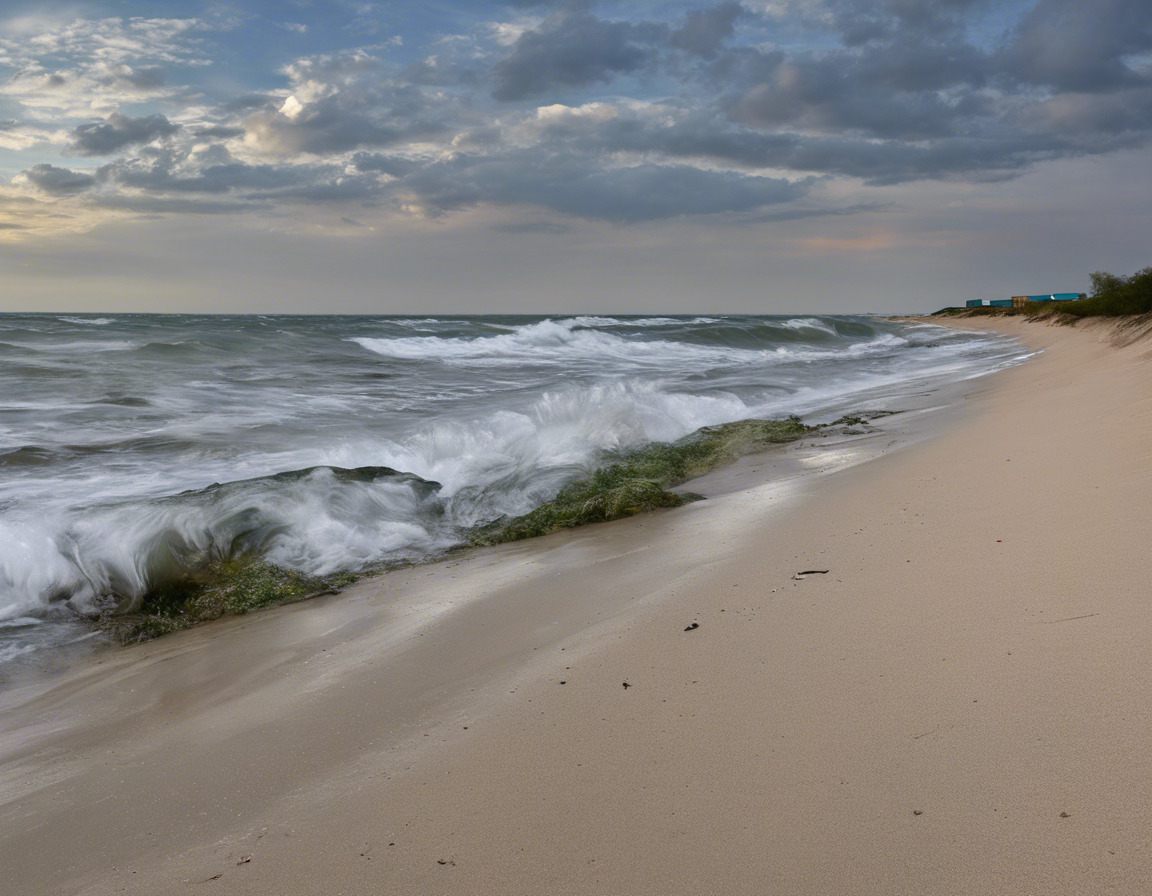The Texas shoreline is one of the most dynamic and diverse coastal regions in the United States, offering a wide range of ecosystems, recreational activities, and economic opportunities. However, in recent years, the Texas shoreline has been facing increasing strain due to various factors such as climate change, urbanization, pollution, and unsustainable resource extraction. In this article, we will explore the current state of the Texas shoreline in 2021, the challenges it is facing, and the potential solutions to mitigate these issues.
Understanding the Texas Shoreline Environment
The Texas shoreline spans over 367 miles along the Gulf of Mexico, encompassing a variety of coastal habitats including beaches, dunes, marshes, bays, and estuaries. These diverse ecosystems provide critical habitat for numerous species of plants and animals, including migratory birds, marine mammals, and fish. The Texas shoreline is also a vital economic hub, supporting industries such as tourism, fishing, shipping, and oil and gas production.
Challenges Facing the Texas Shoreline in 2021
1. Climate Change and Rising Sea Levels
One of the most significant challenges facing the Texas shoreline is climate change and the associated impacts such as rising sea levels, increased frequency of extreme weather events, and coastal erosion. These factors pose a threat to coastal infrastructure, property, and natural habitats, increasing the vulnerability of coastal communities.
2. Coastal Development and Urbanization
Coastal development and urbanization have led to habitat loss, disruption of natural coastal processes, increased pollution, and degradation of water quality along the Texas shoreline. The expansion of cities and infrastructure along the coast has altered natural drainage patterns, increased runoff of pollutants, and fragmented habitats, posing challenges for both wildlife and human populations.
3. Pollution and Marine Debris
Pollution from various sources such as urban runoff, industrial discharges, agricultural runoff, and marine debris pose serious threats to water quality, marine life, and human health along the Texas shoreline. Plastic pollution, in particular, has become an escalating issue, causing harm to marine wildlife, disrupting ecosystems, and impacting tourism and fishing industries.
Conservation and Management Efforts
To address these challenges and protect the Texas shoreline, various conservation and management efforts are being implemented by government agencies, non-profit organizations, research institutions, and local communities. These efforts include:
-
Coastal Planning and Management: Developing coastal management plans to balance economic development with environmental protection, promote sustainable land use practices, and enhance resilience to climate change impacts.
-
Habitat Restoration: Implementing habitat restoration projects to enhance the resilience of coastal ecosystems, improve water quality, and provide habitat for wildlife.
-
Clean-Up Campaigns: Organizing beach clean-up campaigns and marine debris removal initiatives to reduce the impact of pollution on coastal ecosystems and marine life.
-
Community Engagement: Engaging with local communities, stakeholders, and businesses to raise awareness about coastal issues, promote sustainable practices, and foster stewardship of natural resources.
Frequently Asked Questions (FAQs)
1. What are the main threats to the Texas shoreline?
The main threats to the Texas shoreline include climate change, rising sea levels, coastal development, urbanization, pollution, and marine debris.
2. How is climate change impacting the Texas shoreline?
Climate change is leading to rising sea levels, increased frequency of extreme weather events, coastal erosion, and habitat loss along the Texas shoreline.
3. What can individuals do to protect the Texas shoreline?
Individuals can help protect the Texas shoreline by reducing their carbon footprint, practicing responsible waste disposal, participating in clean-up efforts, supporting conservation initiatives, and advocating for sustainable coastal management practices.
4. How are government agencies working to protect the Texas shoreline?
Government agencies are working to protect the Texas shoreline through coastal planning and management, habitat restoration projects, pollution control measures, enforcement of regulations, and public education and outreach campaigns.
5. What are some key initiatives to promote sustainable coastal management in Texas?
Key initiatives to promote sustainable coastal management in Texas include developing coastal management plans, conducting habitat restoration projects, implementing clean-up campaigns, and engaging with local communities and stakeholders.
In conclusion, while the Texas shoreline is facing significant strain in 2021 due to various challenges, there are opportunities to promote conservation, resilience, and sustainable management practices to protect this vital coastal region for future generations. By working together and taking proactive measures, we can help ensure the health, integrity, and sustainability of the Texas shoreline for years to come.
